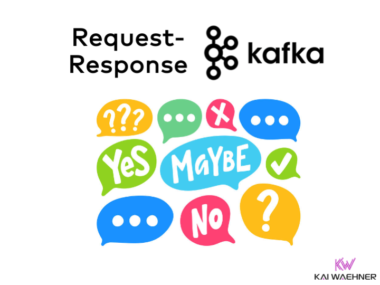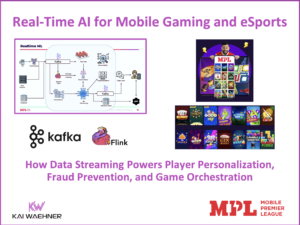The following shows a case study about successfully moving from a very complex monolith system to a cloud-native architecture. The architecture leverages containers and Microservices. This solve issues such as high efforts for extending the system, and a very slow deployment process. The old system included a few huge Java applications and a complex integration middleware deployment.
The new architecture allows flexible development, deployment and operations of business and integration services. Besides, it is vendor-agnostic so that you can leverage on-premise hardware, different public cloud infrastructures, and cloud-native PaaS platforms.
The session will describe the challenges of the existing monolith system, the step-by-step procedure to move to the new cloud-native Microservices architecture. It also explains why containers such as Docker play a key role in this scenario.
A live demo shows how container solutions such as Docker, PaaS cloud platforms such as CloudFoundry, cluster managers such as Kubernetes or Mesos, and different programming languages are used to implement, deploy and scale cloud-native Microservices in a vendor-agnostic way.
Key Takeaways
Key takeaways for the audience:
– Best practices for moving to a cloud-native architecture
– How to leverage microservices and containers for flexible development, deployment and operations
– How to solve challenges in real world projects
– Understand key technologies, which are recommended
– How to stay vendor-agnostic
– See a live demo of how cloud-native applications respectively services differ from monolith applications regarding development and runtime
Slides and Video from Microservices Meetup Mumbai
Here are the slides and video recording. Presented in February 2017 at Microservices Meetup Mumbai, India.
Click on the button to load the content from www.slideshare.net.







